Widescreen – Can I Get A Cream To Make It Go Away? – Part 2

What is 16×9? What’s the difference between DVD and Blu-ray, and what on earth does “1080p” mean? Which is better, LCD or Plasma television sets? Can I get rid of the black bars I see when I watch a DVD on my TV? What’s with that anyway?
I get asked these questions a fair bit, and I also hear them mentioned in general conversation a lot as well. As somebody who prides themselves on knowing a reasonable amount about film (and it’s associated trappings) I figured it would be helpful if I published a Small Words Manual of sorts to help explain all this new, confusing terminology and technology. In this 4 part series, each essay will tackle the common issues that are causing the most confusion, in an easy to understand format that makes sense, and not confuse the issue even further.
Here in Part 2, we take a look at DVD, the next generation of disc format in Blu-Ray Disc, and how High Definition TV is going to take over your viewing.
*********************************
Part 1 – From DVD to High Definition: The New HD Formats
As mentioned in the last part, DVD was released to the general public in 1997, revolutionising the home video market. Up until then, VHS video had been the only way people had been able to enjoy their favourite films at home, in their own way. Or had it?
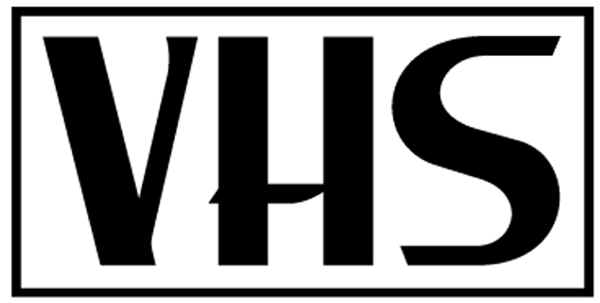
A smaller, niche market format of optical disc known as LaserDisc, offered those with a bit of extra cash the opportunity to view movies in widescreen format (up until the advent of DVD, almost all VHS releases were in the pan/scan format) with enhanced audio and features. The discs themselves were the size of LP records, bulky and unwieldy beasts that were only capable of storing 20 minutes or so of high quality film picture per side. Which meant that a 2 hour film would have to be stored on five or six discs, front and back. Imagine having to get up every twenty minutes or so to change the disc over….
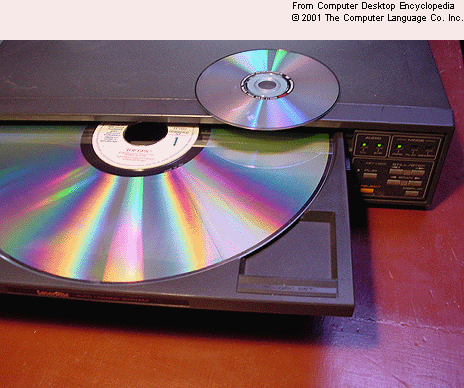
The good thing about LaserDisc, opposed to VHS, was that the playback quality never deteriorated over time. After three hundred views of The Lion King on VHS, the picture quality was generally shot, as the tape was wound through a video player mechanism and suffered the effects of dirt, dust and abuse by cheap parts. After a while, the movie was barely watchable. With LaserDisc, the disc was never touched by any part of the player except for the central spindle, meaning that the quality of the video never degraded with repeat viewings.
As you can imagine, studios looking for the next big thing in home entertainment could see the benefits of developing this technology to a smaller, marketable format that could take the place of the outdated VHS. So, Toshiba developed the technology for DVD, and thus the revolution began.
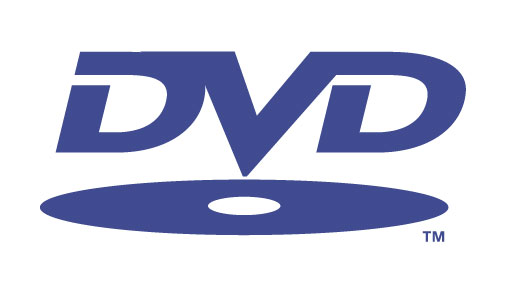
With the large scale uptake of DVD technology into the mass market, electronics corporations began looking towards the next level of technology to impress people with. Things began to take shape between Toshiba (the guy’s who invented DVD) and the giant Sony corporation, who both began development on a replacement technology for DVD involving the use of High Definition sound and picture.
Toshiba, on one side, worked on a format known as HD-DVD, a DVD format capable of delivering lossless audio and superior 1080p image quality into the home cinema market. Crikey, again with the terminology, you say. Fair enough, but we’ll get to the terminology a little later. In any case, Sony, in a similar move to their Betamax video decision, decided to branch out and look into their own High Definition Disc technology, which would eventually be branded as Blu-Ray Disc. These two competing formats would, like VHS and Beta before it, divide the industry and the market.

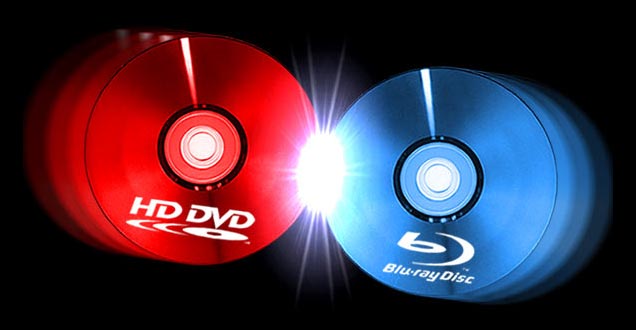
Eventually, the Blu-Ray format triumphed, with the announcement that the HD-DVD format would cease production, and all films exclusively released on that format transferred across to Blu-Ray in due course.
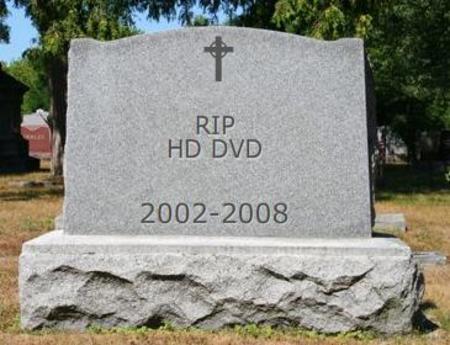
The victory to Blu meant that film viewers now didn’t have to choose between competing formats, something that negated the initial impact of HD format discs into this country. People questioned the positives between the two formats, which had better quality, higher storage capacity, better this, that and the other. What it all amounted to was which format would survive in a relatively small niche market. The advent of DVD had been a massive change from VHS, yet the average Joe couldn’t really see the benefit, or worthwhile upgrade, of Blu-Ray and HD televisions. After all, the image quality hadn’t really improved in the same leap that DVD had had on VHS. Or had it?
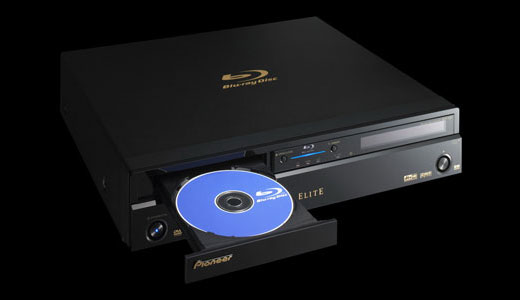
So what’s so special about HD, Blu-Ray and what does all this jargon mean? And what the heck is 1080p? Lossless audio means as much to the average Joe as Aussie Rules does to the Pope. Which is to say, not a lot.
So what is high definition? Simply put, high definition is a format of image (and sound) that is replicated on a screen and audio system capable of reproducing extremely high quality visual and audio signals.
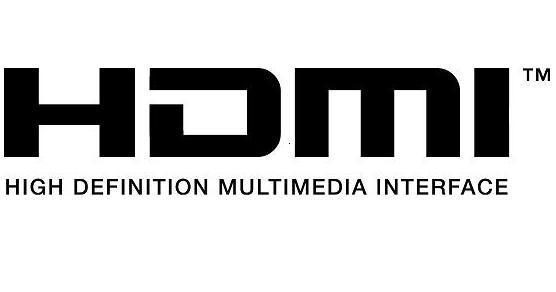
In the same way that DVD increased screen resolution of images for clearer, more defined pictures, so to does HD disc technology seek to increase that resolution tenfold. 1080p, which is techie talk for the maximum resolution provided by HD screen products (like plasma screens and LCD) is simply the highest possible resolution achievable to the naked eye. The “1080” signifies the number of horizontal scan lines (top to bottom) in the image signal, and the “p” stands for progressive frame system. Great, what’s that all mean? you ask.

In the olden days of TV, before HD came into being, television in this country was broadcast using interlaced frames; that is, each frame of an image was scanned, and every second line broadcast first, then the other lines broadcast second, all within 2/60ths of a second. While the technical jargon behind such a technological marvel is perhaps not required in this instance, interlaced broadcasting was a quick and easy way of reducing the bandwidth required to present an image, as it halved the workload of the TV. What it did as a result, is lower the quality overall of the image. It’s only the fact that we’ve all grown up on interlaced TV that we don’t know any different.
[The above image (C) Encyclopaedia Britannica.com]
Progressive scan, in a nutshell, is displaying each individual frame all at the same time, rather than using the interlaced method. While requiring more bandwidth, the result on screen is a clearer, sharper image. HD formats, such as Blu-Ray, the defunct HD-DVD, and digital broadcasters such as Foxtel HD, Tivo HD, and our channels 7, 9 10 and the ABC, all provide a high definition channel capable of the highest possible resolution available.
While it’s possible to produce resolution better than that (some computer monitors, for example, can go higher than 1080p) it’s really not worth the effort to produce, as the human eye has trouble detecting any difference above 1080p.
Part 2 – Can I play my current DVD collection in 1080p?
No. Anybody claiming to be able to play their current DVD collection in full 1080p resolution is lying. Or living under the mistaken belief that their new plasma screen TV will display everything in 1080p. This is simply not the case.
Your new shiny plasma television, or LCD, or DLP or whatever, will only display the resolution the original material was available in. Standard DVD is only capable of a 720 line resolution, which is just over half the resolution of the HD Blu-Ray format. So, if you play your copy of The Matrix on standard DVD, on a large plasma screen, you’re still only getting 720 lines of resolution. The TV itself is capable of displaying a higher resolution, but unless you buy a Blu-Ray player or a HD TV tuner, then you’re not going to see that on standard TV reception or DVD. Sound complicated? It shouldn’t.
Don’t however, think that your current DVD collection will look outdated on your shiny new BluRay player. Most modern BlyRay players come with a feature known as “upscaling”, a technology that enhances even the Standard Definition quality image of DVD, which allows your DVD’s to look even better on a BluRay player than they ever did on a DVD player. BluRay players are backwards compatible with DVD technology, meaning that the BluRay player will play all your old DVD’s with no troubles at all.
Part 3 – Why won’t Blu-Ray discs play in my current DVD player?
Simple: original format DVD is read by your DVD player using a red laser light. This laser is focused at a specific frequency, enabling it to read both standard DVD and CD discs. Blu-Ray disc is read by current players using a blue laser. Due to blue light using a narrower frequency than red, the blue laser is thinner. This enables more information to be stored on a HD optical disc. Which means that the narrow encoding structure of your high definition discs will not play on your old DVD player. See image below.
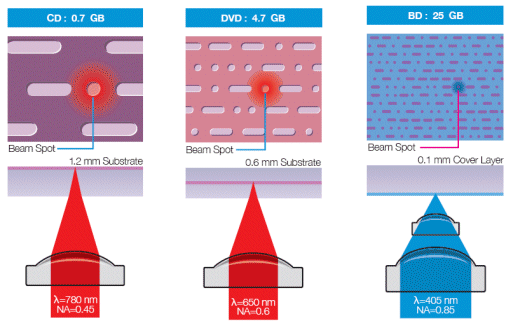
Part 4 – What exactly is master quality (lossless) audio?
You know how an MP3 audio track is simply a compressed version of the original CD quality audio? Well, think of DVD audio as an MP3 audio track of the original studio-mixed master. The sound is pretty close, but there is some information missing. DVD audio is commonly referred to as lossy audio. What Blu-Ray disc affords studios is to include lossless audio; ie, audio that has no compression at all. This makes Dolby Digital Plus, dts Master Audio, and other similarly named audio formats the highest possible quality audio reproductions of the original studio mix. Capable of full range multi-channel (at the moment, up to 8 channels, although the format could encompass an unlimited number of channels, were the technology available for playback) audio mixes, Blu-Ray disc affords viewers with the most complete audio experience yet seen on commercial home theater.


If anybody refers to lossless audio, it simply means uncompressed (or master quality) audio.
Lossless audio is currently only available on Blu-Ray (and HD-DVD) software, and is yet to be implemented on digital television broadcasts. Currently, only Dolby Digital 5.1 (of the kind used on standard DVD) is able to be broadcast by Australian digital TV suppliers.
Part 5 – Which is better for high definition, Plasma or LCD?
Unfortunately for most people, this is a very difficult question to answer. Both plasma and LCD have their pro’s and cons, and each one is suited to a different application. That, and any salesman you ask will always give you a different answer, and this is really the minefield high definition systems have become.
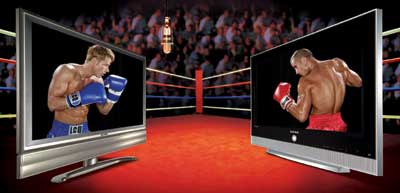
Simply put, in my opinion, there’s a couple of things you need to weigh up when purchasing a new HD television.
First, both types of screen are slowly becoming more and more affordable, however don’t be fooled by the lower pricing. Both formats are being undermined by low quality, no-name brands flooding the market. Be prepared to pay for quality, and stick with a brand name you recognise. Sony, Panasonic, Pioneer, Toshiba and LG are all good quality brands at various price points for plasma. Sony’s probably the top of the heap, while Toshiba and LG are at the budget end of the scale. Each will come with various warranty and post-sale added value, so investigate this as well. You don’t want to pay for something that break 12 months later. The more you pay, the better it’s going to be.
Note: some confusion reigns within the flatscreen market these days about TV’s being labelled as HD-ready. Be aware that some lower priced name-brand TV’s are not full 1080p resolution, although they can accept and display HD images (albeit in a lower resolution). HD Ready does not mean Full HD. In order to purchase the correct TV for your system, if you’re after the absolute top level of image resolution, you need to be sure the set you’re buying is capable of displaying images at full 1080p resolution. Some sets only go as high as 720p, which is effectively DVD quality resolution. BluRay and HD images will still look good on these HD-ready monitors, but they are not giving you the full resolution you’re expecting. Be warned. Make sure it’s a Full HD set.
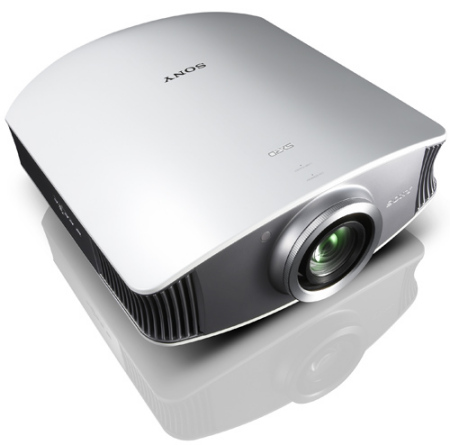
Secondly, you need to figure out what kind of viewing you’re likely to use the screen for. The common thought is that you’d use Plasma for movie watching, and LCD for things like sport and other fast moving images, however, this is a fairly broad approach to recommending either format.
Perhaps the best advice I can give you is to ask what environment you’ll be watching. Is your lounge nice and bright? Got lots of sun glare coming in? Then LCD is your best bet. LCD is significantly brighter than plasma, and capable of reproducing excellent contrast and shadow definition in even the most brightly lit room of the house. Plasma, meanwhile, sacrifices brightness for better fine detail reproduction, making it perfect for darkened room viewing.
Of course, each is interchangeable with the other to a certain degree, but for best viewing, that’s the way I’d lean.
***************************************



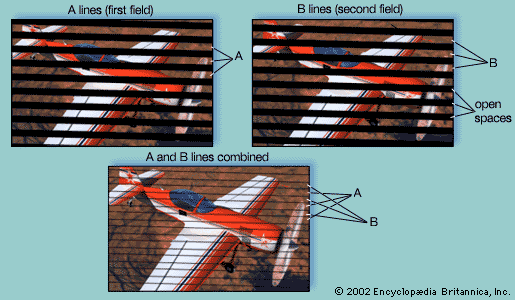



Very interesting reading Rodney. I am looking forward to part 3.